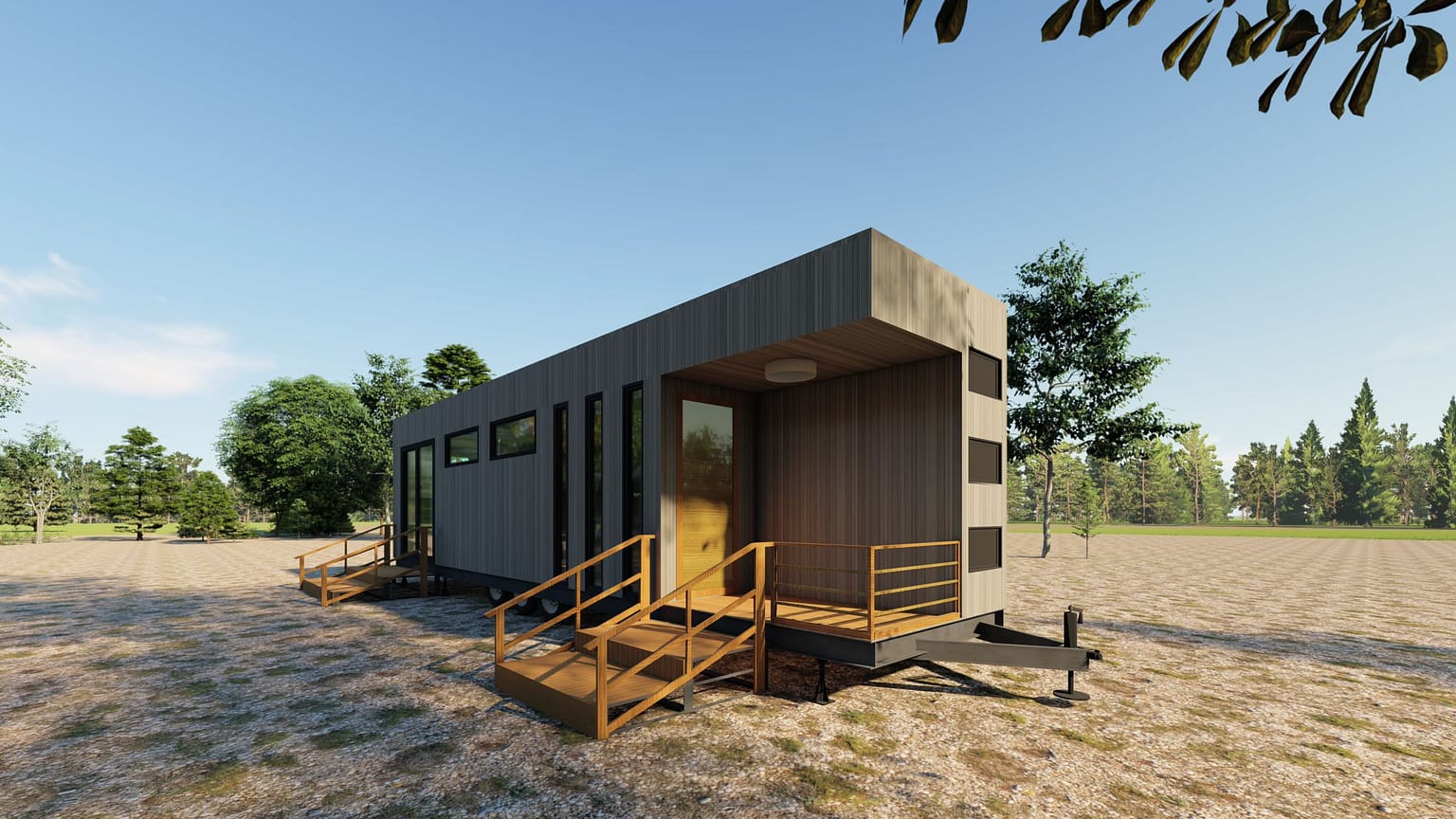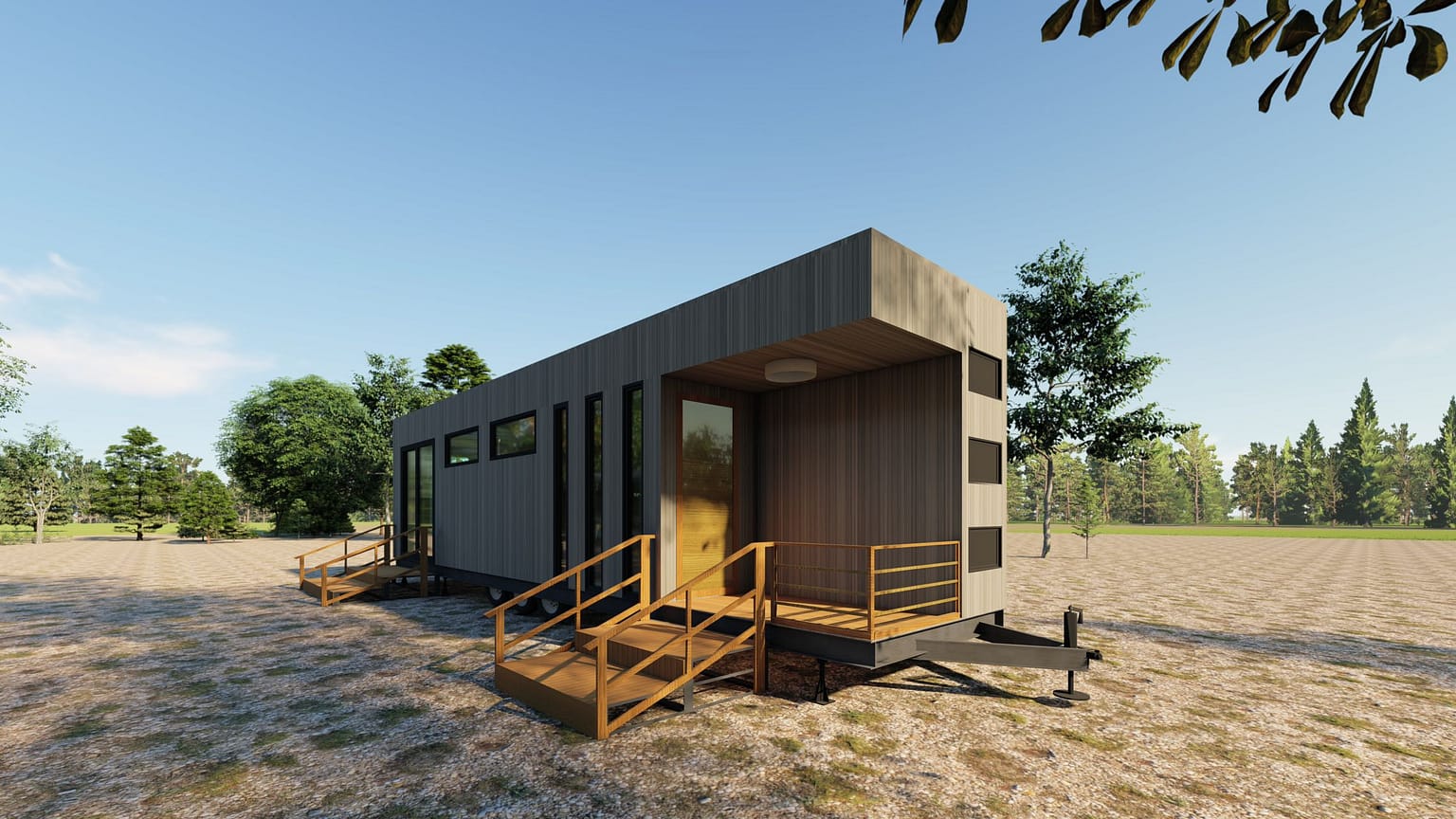# YTB Series Stack Printing Machinery: Advanced Solutions for High-Volume Production
## Introduction to YTB Series Stack Printing Machinery
The YTB Series Stack Printing Machinery represents a cutting-edge solution for businesses seeking to optimize their high-volume printing operations. Designed with precision engineering and advanced automation, this machinery offers unparalleled efficiency in stack printing applications across various industries.
## Key Features of YTB Series Machines
### High-Speed Performance
The YTB Series boasts impressive printing speeds of up to 12,000 sheets per hour, making it ideal for large-scale production environments. Its synchronized feeding and delivery systems ensure consistent performance even at maximum operating speeds.
### Precision Registration System
Equipped with a state-of-the-art registration system, the YTB Series maintains ±0.1mm printing accuracy throughout extended production runs. This precision is achieved through:
– Advanced optical sensors
– Microprocessor-controlled adjustments
– Real-time monitoring capabilities
### Versatile Substrate Compatibility
The machinery handles a wide range of materials including:
– Paper stocks from 80gsm to 400gsm
– Coated and uncoated papers
– Lightweight cardboard
– Specialty substrates with optional configurations
## Advanced Automation Features
### Intelligent Control System
The YTB Series incorporates a fully digital control panel with:
– Touchscreen interface
– Production data tracking
– Remote diagnostics capabilities
– Preset job memory for quick changeovers
### Automated Waste Reduction
Built-in systems minimize material waste through:
– Precise ink metering
– Automatic sheet alignment
– Reject detection mechanisms
– Optimized ink consumption algorithms
## Technical Specifications
Parameter | Specification
Maximum Printing Speed | 12,000 sph
Maximum Sheet Size | 720 × 1040 mm
Minimum Sheet Size | 340 × 480 mm
Printing Colors | 1-6 colors (standard)
Power Requirements | 380V/50Hz (customizable)
## Industry Applications
The YTB Series Stack Printing Machinery serves diverse sectors including:
– Packaging production
– Commercial printing
– Label manufacturing
– Security printing
– Promotional materials
## Maintenance and Support
YTB Series machines are designed for minimal downtime with:
– Easy-access service points
– Predictive maintenance alerts
– Comprehensive technical support
– Global spare parts network
## Conclusion
The YTB Series Stack Printing Machinery sets new standards in high-volume printing with its combination of speed, precision, and reliability. By integrating advanced automation with robust construction, it delivers exceptional productivity for demanding printing operations while maintaining consistent quality output.







